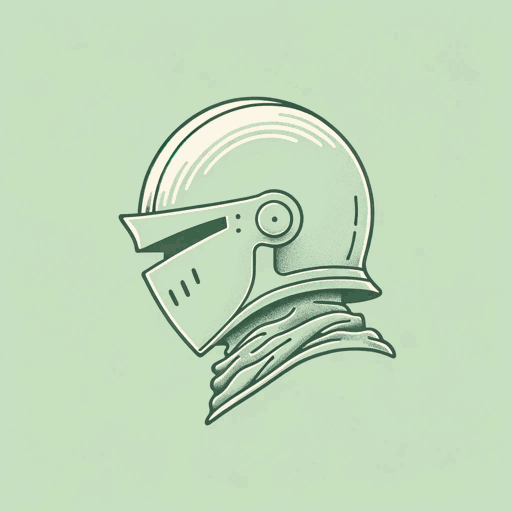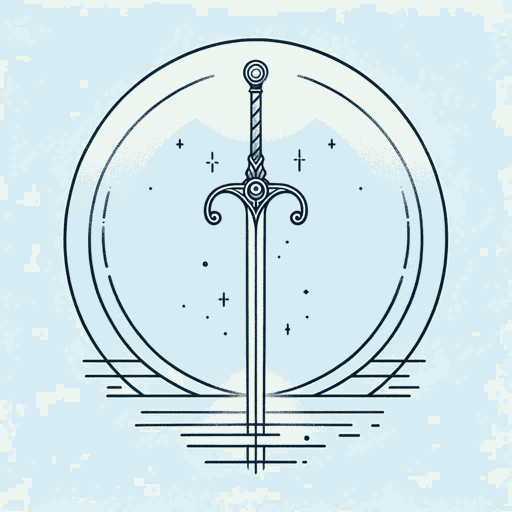92 pages • 3 hours read
Howard PyleThe Merry Adventures of Robin Hood
Fiction | Novel | YA | Published in 1883A modern alternative to SparkNotes and CliffsNotes, SuperSummary offers high-quality Study Guides with detailed chapter summaries and analysis of major themes, characters, and more. For select classroom titles, we also provide Teaching Guides with discussion and quiz questions to prompt student engagement.
Essay Questions
Use these essay questions as writing and critical thinking exercises for all levels of writers, and to build their literary analysis skills by requiring textual references throughout the essay.
Differentiation Suggestion: For English learners or struggling writers, strategies that work well include graphic organizers, sentence frames or starters, group work, or oral responses.
Scaffolded Essay Questions
Student Prompt: Write a short (1-3 paragraph) response using one of the bulleted outlines below. Cite details from the text over the course of your response that serve as examples and support.
1. In writing The Merry Adventures of Robin Hood, Pyle had to tread a fine line between depicting the outlaw’s life as fun and drawing valid moral lessons for young readers.
- How does Pyle combine moral principles with Robin’s fun-loving outlook on life? (topic sentence)
- Explain what moral principles Pyle encourages his readers to emulate in his novel. Then explain how Pyle makes use of Robin’s mischief to portray Robin Hood’s fun-loving personality. Finally, explain how Pyle manages to combine both Robin’s moral principles and his love of fun as a righteous outlaw for his readers.
- In your concluding sentences, explain why you think both characteristics of fun and high morals were important to Pyle’s intended message for his audience when writing Robin Hood.
Related Titles
By Howard Pyle
Featured Collections
Books on Justice & Injustice
View Collection
Contemporary Books on Social Justice
View Collection
Friendship
View Collection
Good & Evil
View Collection
Loyalty & Betrayal
View Collection
Medieval Literature / Middle Ages
View Collection
Poverty & Homelessness
View Collection
Required Reading Lists
View Collection



